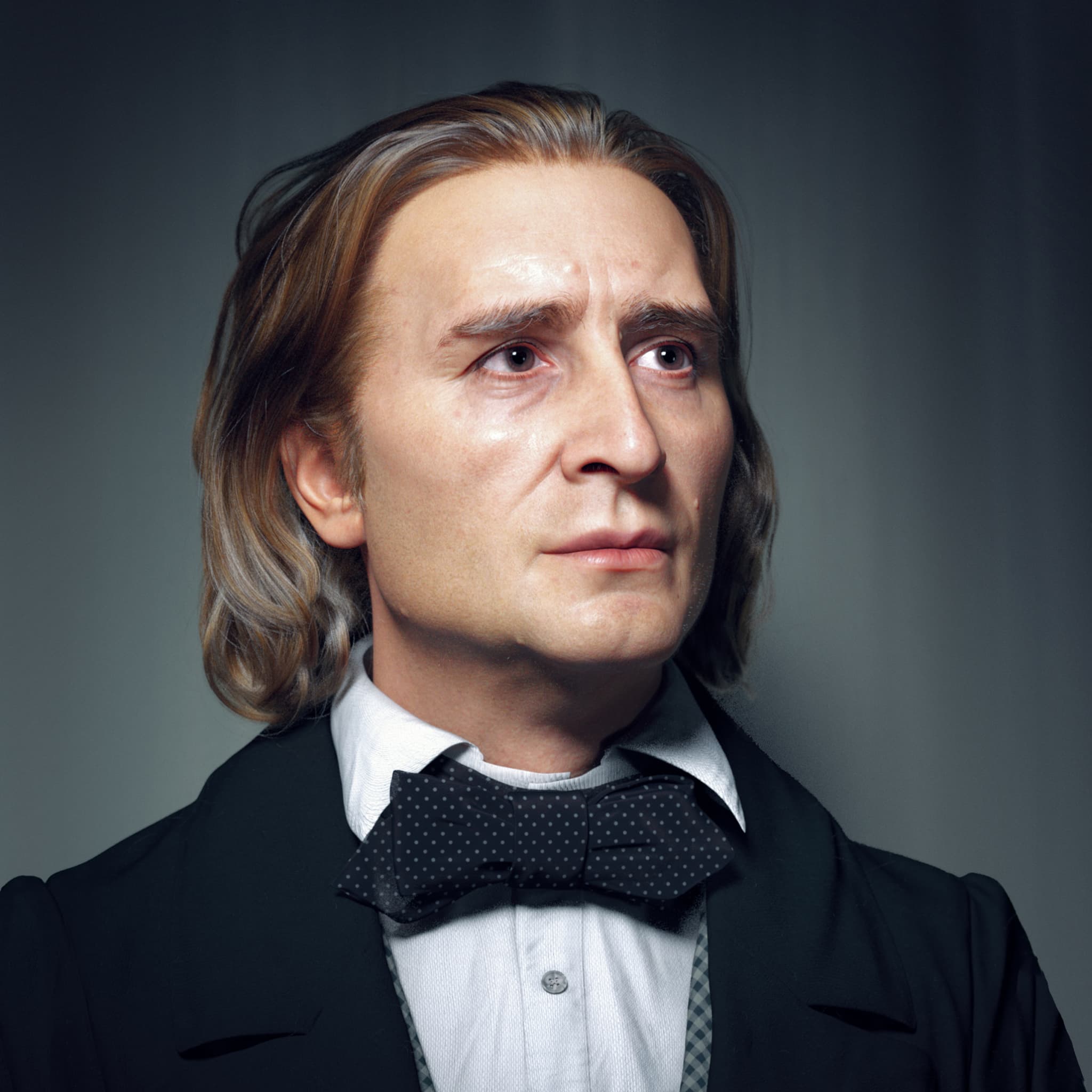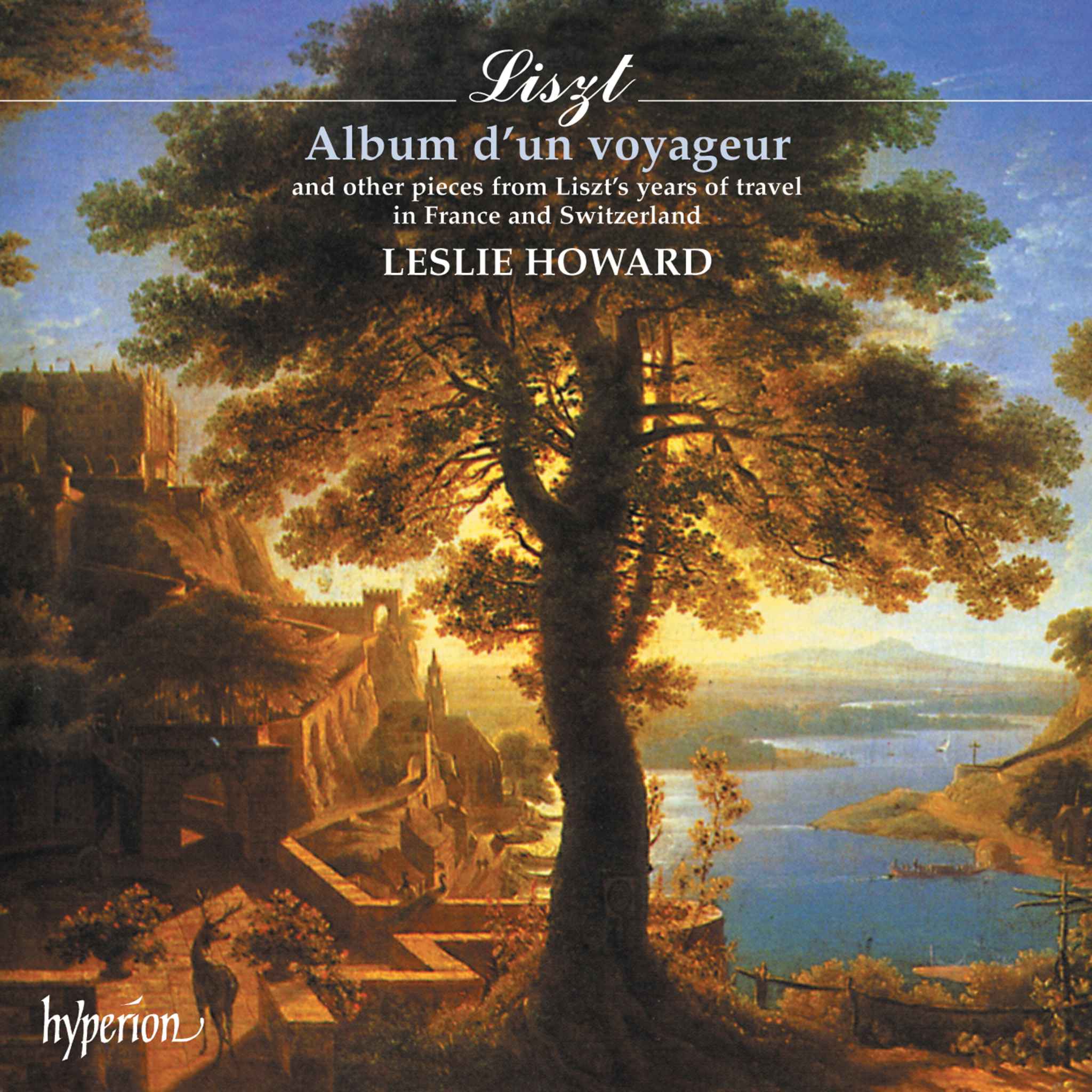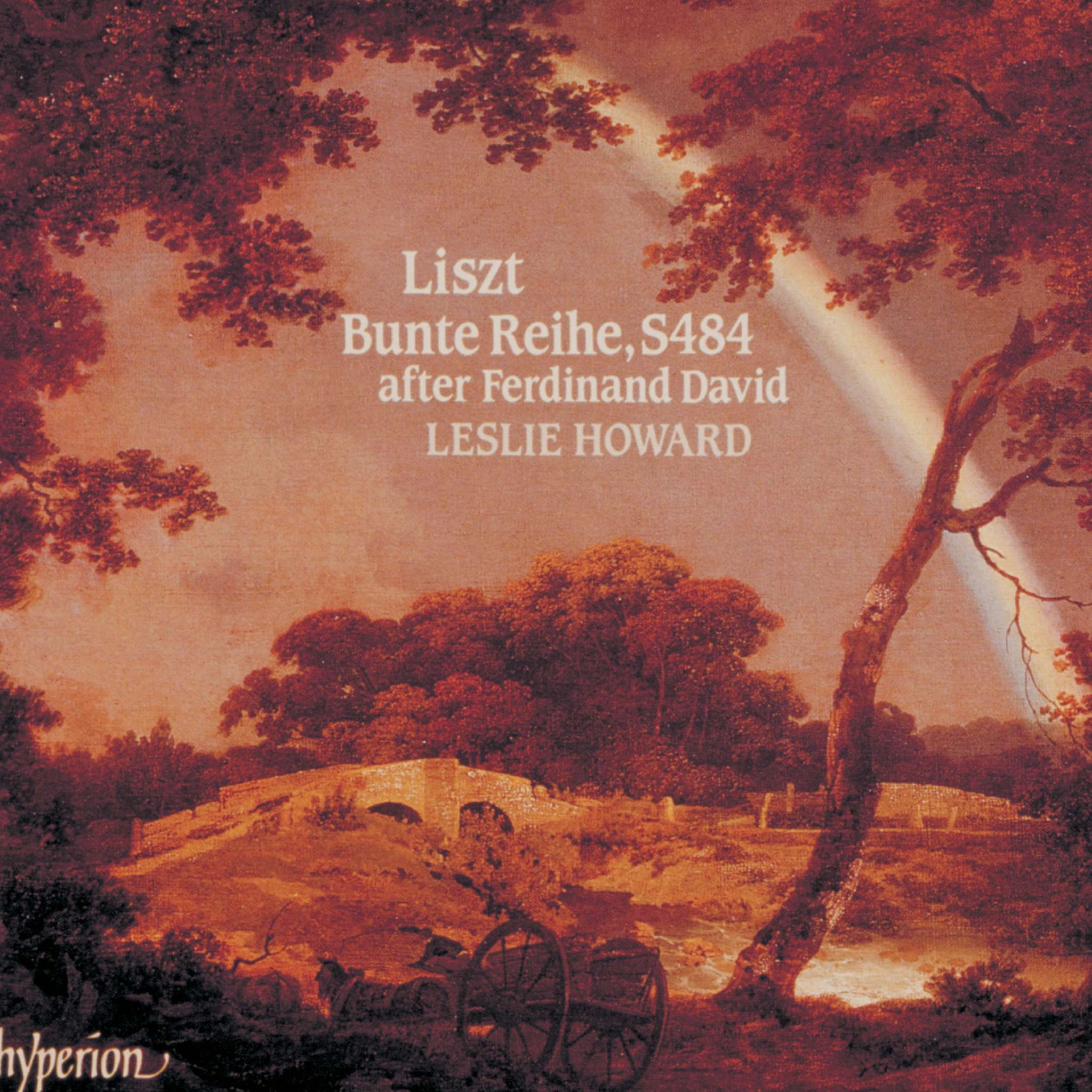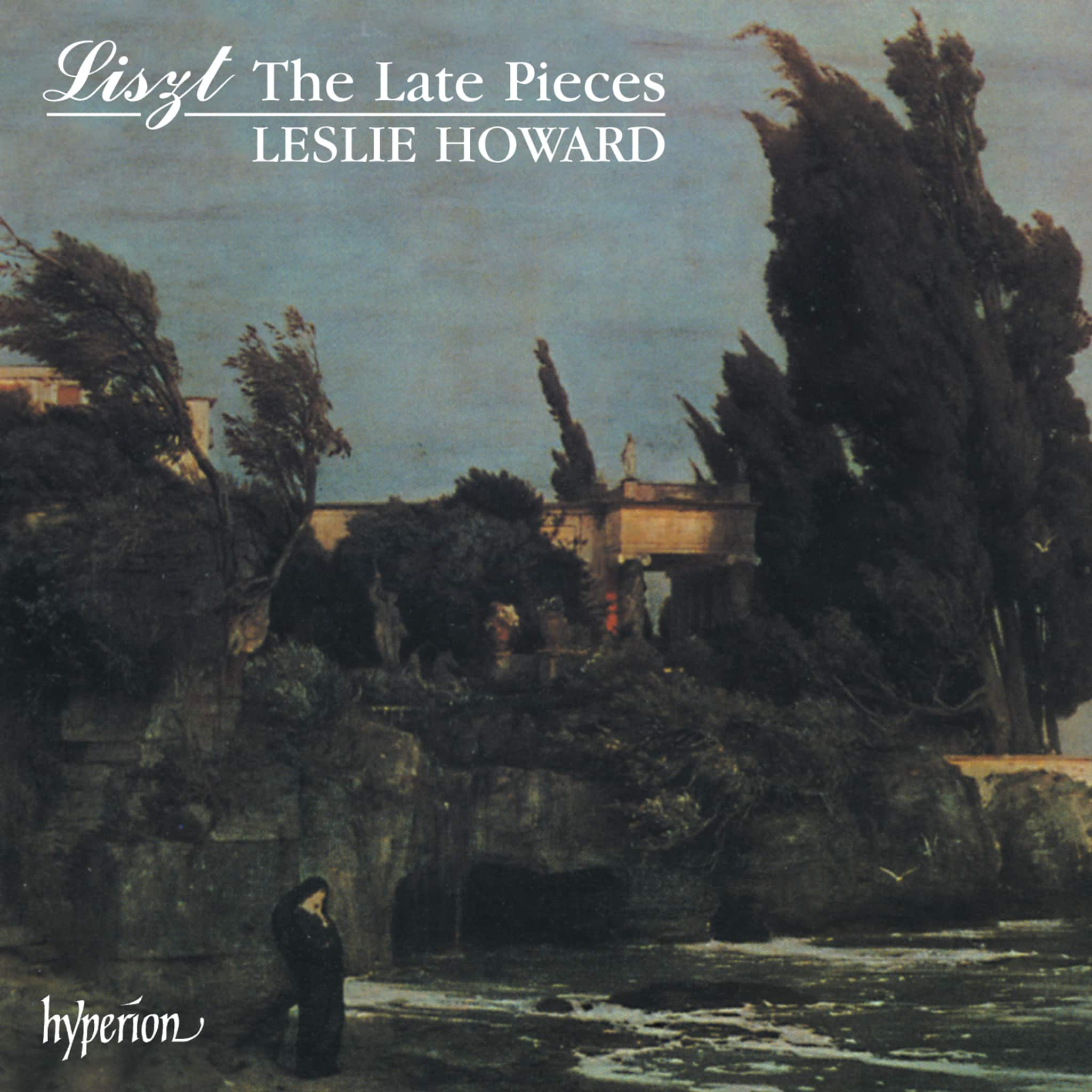Album insights
In the latter half of the 19th century, the genre of the piano quintet reached its maturity. Following Schumann's groundbreaking work in 1842, which established the combination of piano and string quartet in the chamber music repertoire, other notable contributions followed, including pieces by Brahms (completed in 1864), Franck (1879), and Dvořák (his second piano quintet in 1887, having composed an earlier work in 1872). Several composers like Gernsheim, Goldmark, and Widor each penned two, while Berwald, Herzogenberg, Saint-Saëns, Sinding, and Stanford each contributed one. Younger composers delving into this genre included Coleridge-Taylor (1893), Dohnányi (1895 and 1914), Fauré (1905 and 1921), Novák (1896), Pfitzner (1908), Reger (1898 and 1902), Respighi (1902), Suk (1893), Turina (1907), Wolf-Ferrari (1900), and the young Bartók (1904).
Two represented composers were at their musical peak when they turned to the piano quintet, composing only one each, similar to Schumann, Brahms, and Franck. Amy Beach's autograph manuscript of the F-sharp minor Piano Quintet, Op. 67, is dated December 14, 1907. In the previous decade, she had composed two highly successful orchestral works: the Gaelic Symphony (1894–96) and the Piano Concerto (1899). The Adagio introduction is muted and mysterious, with long high string tones, followed by harmonically ambiguous piano figurations. The main section, an Allegro moderato in sonata form, presents a theme explicitly referencing Brahms' Piano Quintet, specifically the second theme of the fourth movement, upon which Beach's melody, initially played by the first violin, is based. Variants of these themes, with their characteristic descending figures, permeate all three movements of Beach's Quintet, capturing the spirit of Brahms without ever seeming imitative. The lyrical second theme, initially played on the piano with gently floating octaves, is then taken up by the strings. Both themes undergo dramatic development, with the second subtly varied in the reprise before the music descends into a tranquil coda.
Edward Elgar, after a two-year period of mental and physical instability, regained his creative inspiration in 1918. His A minor Piano Quintet was part of a chamber works trilogy (alongside the Violin Sonata and the String Quartet), all crafted in the seclusion of Brinkwells, a small country house in West Sussex near Fittleworth, rented by the composer from artist Rex Vicat Cole. Upon completing the Violin Sonata in September 1918, Elgar embarked on the Piano Quintet, finishing the Quartet in the fall. The piece's finale dates back to December 23, 1918, with work on the Piano Quintet extending into April 1919.
A subdued main theme appears at the beginning of the Piano Quintet's Piano part, hinting at a variation of the Cantus Planus Salve Regina, softly and "serioso." Lady Elgar described the start as reminiscent of eerie trees and impressions from Flexham Park, evoking a sense of sorrowful, restless trees contemplating their fate. The printed score hints at the specific location inspiring Elgar, referencing the Bedham area. Elgar's sources of inspiration intertwine local legends and literary connections, perhaps influenced by walks with Algernon Blackwood in a nearby wood in July 1918. The Quintet's unsettling first movement, rich in contrasting themes, features an underlying restlessness and a suspense-filled aura. Lady Elgar's note in a diary entry suggests connections to Edward Bulwer-Lytton's gothic novel "A Strange Story."
The tranquil E major slow movement initiates with the strings alone, presenting a subdued main theme taken up by the viola, echoed later by the first violin upon the piano's entrance, leading to a highly expressive stream of ideas described as capturing humanity's loftiest concepts. The A major finale, commencing with an ambiguous question gradually resolved, introduces the first principal motif, a rocking triple-meter theme labeled "con dignità," followed by a syncopated chord motif leading to a spirited music segment reminiscent of Brahms rhythmically. A peaceful central section reintroduces the Salve Regina theme, this time accompanied by warm chords, contrasting the busy string motif earlier. Both main motifs drive the finale toward its grand conclusion, concluding with a burst of energy.
Elgar organized a private performance of the first movement in his London home on January 7, 1919, followed by a complete run-through of the piece on March 7. The public premiere took place later on May 21, 1919, at London's Wigmore Hall, offering an early opportunity for the London audience to experience all of Elgar's chamber works inspired by his Brinkwells retreat in 1918.






